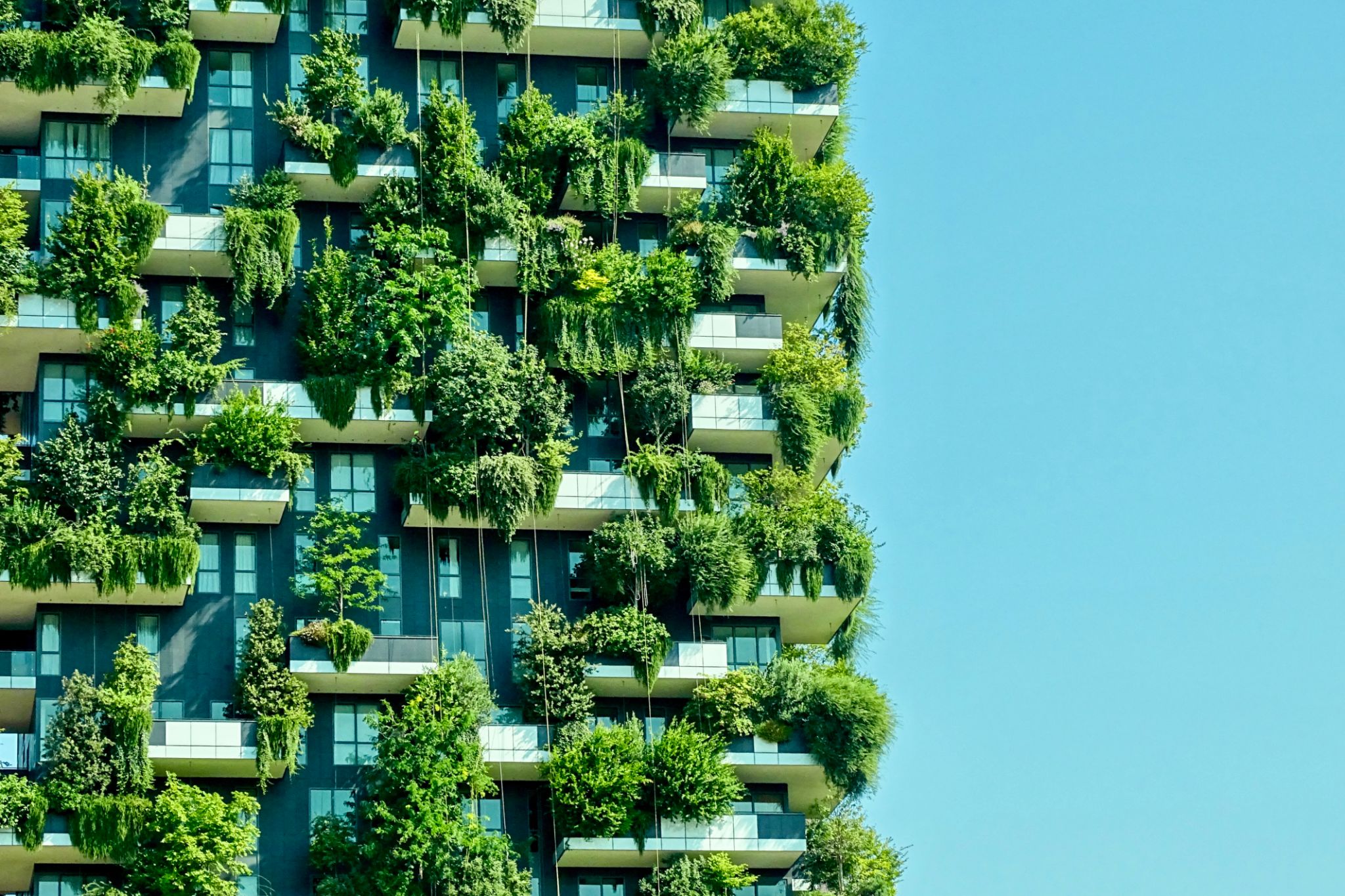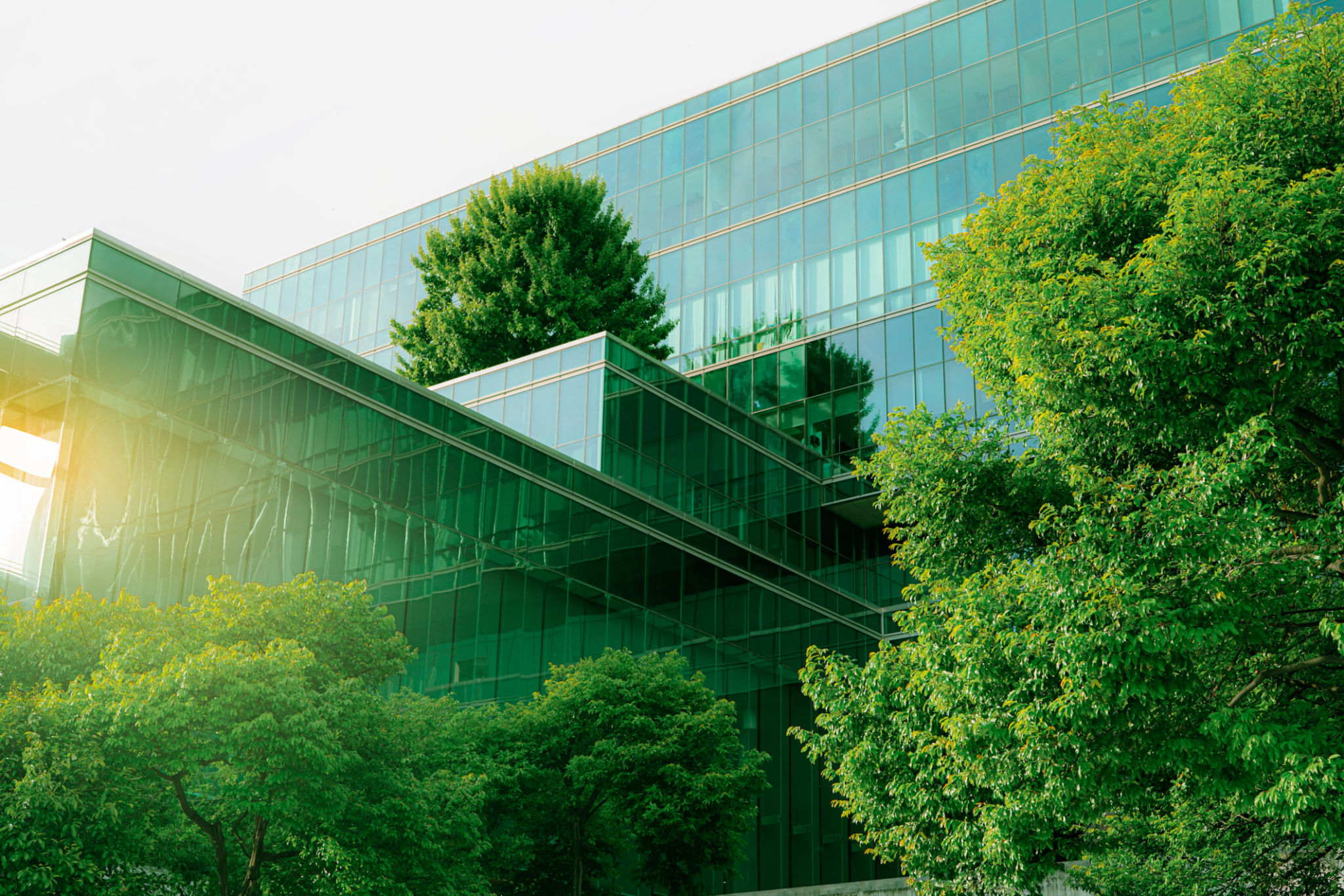Top Benefits of Green Walls in Urban Architecture
The Rise of Green Walls in Urban Design
As urban areas continue to expand, the demand for sustainable solutions becomes increasingly crucial. One innovative approach that has gained popularity is the integration of green walls into urban architecture. These living walls not only enhance the aesthetic appeal of buildings but also offer a myriad of environmental benefits. Let's explore why green walls are becoming an essential component in modern cities.
Green walls, also known as vertical gardens, are structures that allow plants to grow on a vertical surface. They can be installed on the exterior or interior of buildings, transforming ordinary walls into lush, vibrant ecosystems. This transformation is not merely decorative; it plays a significant role in improving urban environments.

Environmental Benefits of Green Walls
Improved Air Quality
One of the most significant advantages of green walls is their ability to improve air quality. Plants naturally filter pollutants and carbon dioxide from the air, releasing oxygen in return. In densely populated urban areas, this function is particularly valuable as it helps mitigate the effects of air pollution and contributes to healthier living spaces.
Temperature Regulation
Green walls also assist in regulating temperatures within urban environments. The plants absorb sunlight and provide shade, which can reduce the heat island effect commonly experienced in cities. This natural cooling effect can decrease the reliance on air conditioning systems, leading to reduced energy consumption and lower utility bills.

Economic Advantages of Green Walls
Increased Property Value
Incorporating green walls into building designs can enhance property value significantly. The aesthetic appeal of a well-maintained vertical garden can attract potential buyers or tenants, making the property more desirable. Additionally, buildings with green walls often stand out in the urban landscape, adding an element of exclusivity and prestige.
Energy Efficiency
By aiding in temperature regulation, green walls contribute to energy efficiency. Buildings with green walls often experience lower energy costs due to reduced heating and cooling needs. This efficiency not only benefits building owners financially but also supports broader environmental goals by reducing overall energy consumption.

Social and Psychological Benefits
Enhanced Well-being
The presence of greenery has been linked to improved mental health and well-being. Green walls provide a connection to nature in urban settings, offering residents and workers a calming and refreshing environment. This can lead to increased productivity, reduced stress levels, and overall improved quality of life.
Community Engagement
Green walls can also foster community engagement by serving as educational tools and community projects. By involving local residents in the planning and maintenance of these living structures, cities can promote environmental awareness and encourage collective responsibility for urban sustainability.
In conclusion, green walls are more than just a trend in urban architecture; they are a sustainable solution that offers environmental, economic, and social benefits. As cities continue to grow, integrating these living structures into our built environment will be crucial for creating healthier, more sustainable urban spaces.